XRite i1Pro3 (standard aperture) review
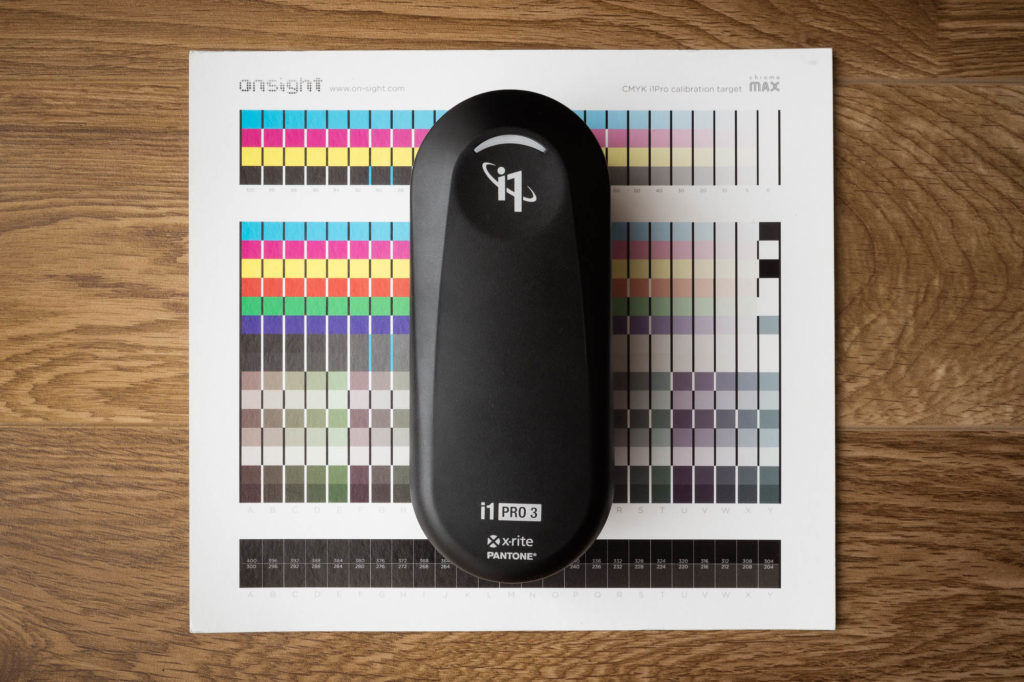 The new i1Pro3 “Swiss Army Knife” of spectrophotometers
XRIte announced the i1Pro3 spectrophotometer and released i1Profiler 3.2 which supports it. This is the standard aperture i1Pro, not to be confused with the large aperture i1Pro3plus. The i1Pro2 was the Swiss Army Knife of spectrophotometers and the best selling of all time. The i1Pro3 is a worthy successor with a variety of…
The new i1Pro3 “Swiss Army Knife” of spectrophotometers
XRIte announced the i1Pro3 spectrophotometer and released i1Profiler 3.2 which supports it. This is the standard aperture i1Pro, not to be confused with the large aperture i1Pro3plus. The i1Pro2 was the Swiss Army Knife of spectrophotometers and the best selling of all time. The i1Pro3 is a worthy successor with a variety of…
ChromaMax Part 4: Printer Profiling
The final RIP calibration step is profiling. If the base calibration steps performed beforehand aren’t done properly, you won’t get a get profile. But even if the previous steps are performed perfectly, there is a surprising amount of profiling variables that are important to discuss to ensure we get the best ICC profile possible. ChromaMax targets use bottom weighted patches that allow us to characterize deep shadow color better than traditional targets that distribute patches evenly throughout the tonal range. In the same fashion, its important that we create profiling targets…
ChromaMax Part 3: Printer Total Ink Limiting
The third RIP calibration step is to set the total, combined ink limit of all the channels together. Any given media might be able to hold 100% of any individual ink, but holding 100% of all 4 or more inks simultaneously without bleeding is another matter. With high quality media, there’s also a certain point at which it achieves maximum Dmax. If we use with a higher ink limit than this we’re just wasting ink without benefit. The Chromamax total ink limit step helps us find this precise sweet spot where we’re achieving maximum print quality with the lowest ink consumption.…
ChromaMax Part 2: Printer Linearization
The second RIP calibration step is to linearize the ink channels with their newly restricted ink limits. This generates a set of curves that should produce a tonal response that is rich in shadow color and neutralizes the combined gray axis. The problem here is that many RIPs are still using curve generation algorithms that were created a long time ago and haven’t been updated. These RIPs rely on the final profiling process to “fix” an imperfect linearization, and the results are “good enough” for many. The G7 process introduced an excellent way of automating…
ChromaMax Part 1: Printer Ink Restrictions
The first step to calibrating a printer in a RIP is to set the per channel ink restrictions. The challenge here is that RIPs typically have very poor (or no) tools for determining the optimal settings. The first screen grab below shows a popular RIP that encourages you to set the ink sliders without any guidance whatsoever. Color consultants are pretty good at making educated guesses, or at least have a crude process for getting close. The second screen grab below shows another popular RIP’s Ink Restrictions process where it determines the values automatically, but these settings are…
Photopolymer Gravure Printmaking from Calibrated Digital Positives
October 22-24,2015, 10a-4p at Flatbed Press in Austin Texas
with Scott Martin and Byron Brauchli
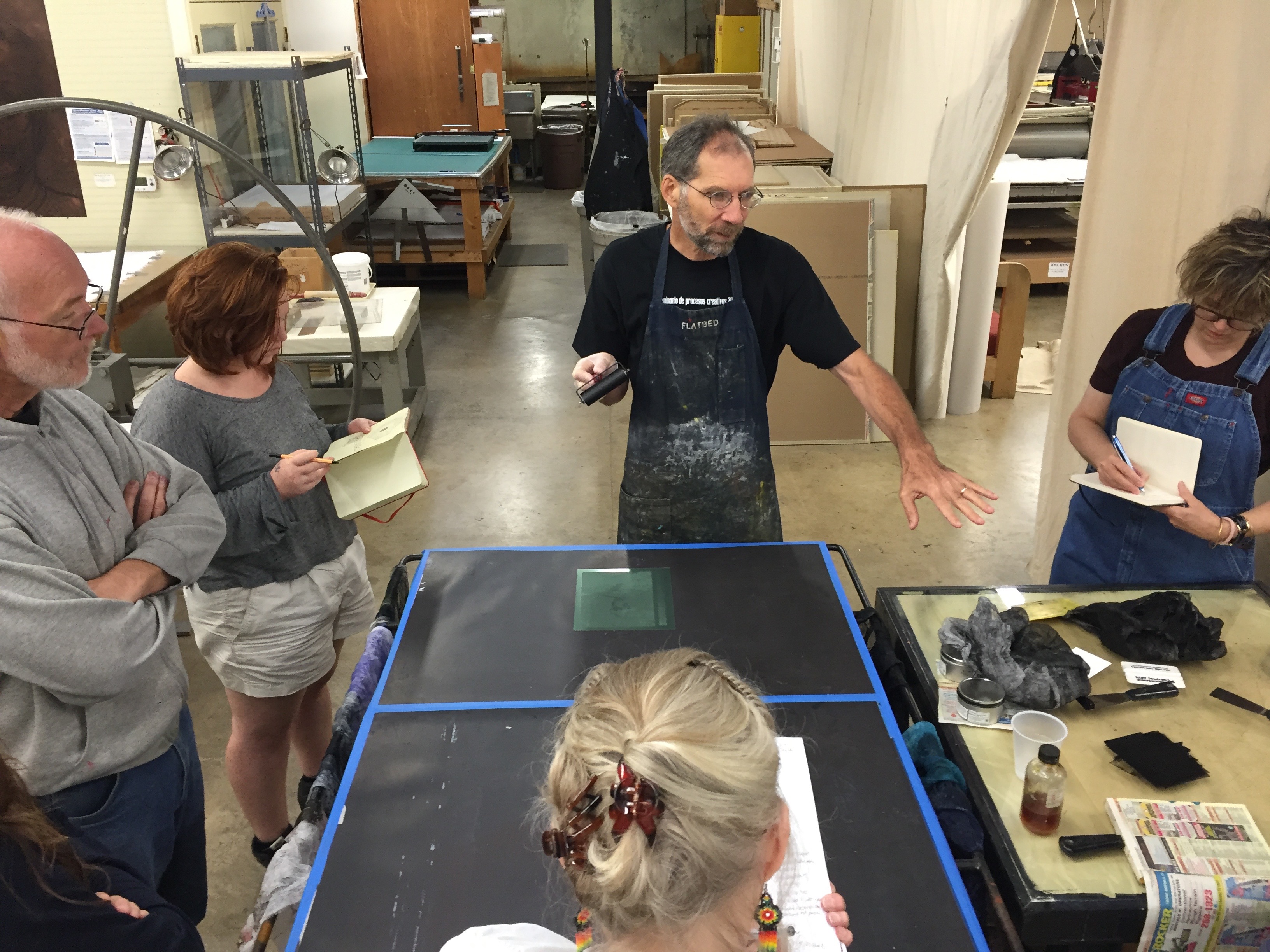 Scott Martin of Onsight and Byron Brauchli of Izote Editions team up for 3 days of photopolymer gravure printmaking from calibrated digital positives. This is really two workshops in one as participants will learn how to make calibrated positives and negatives for any alt-photo printing process, and photopolymer gravure…
Scott Martin of Onsight and Byron Brauchli of Izote Editions team up for 3 days of photopolymer gravure printmaking from calibrated digital positives. This is really two workshops in one as participants will learn how to make calibrated positives and negatives for any alt-photo printing process, and photopolymer gravure…
What my days look like as a consultant
I thought I'd show everyone what my days often look like as a consultant. For 20 years, I've traveled around working with people in their studios on issues like color management, workflow, and print quality. A lot of the time this means working on big printers like these.
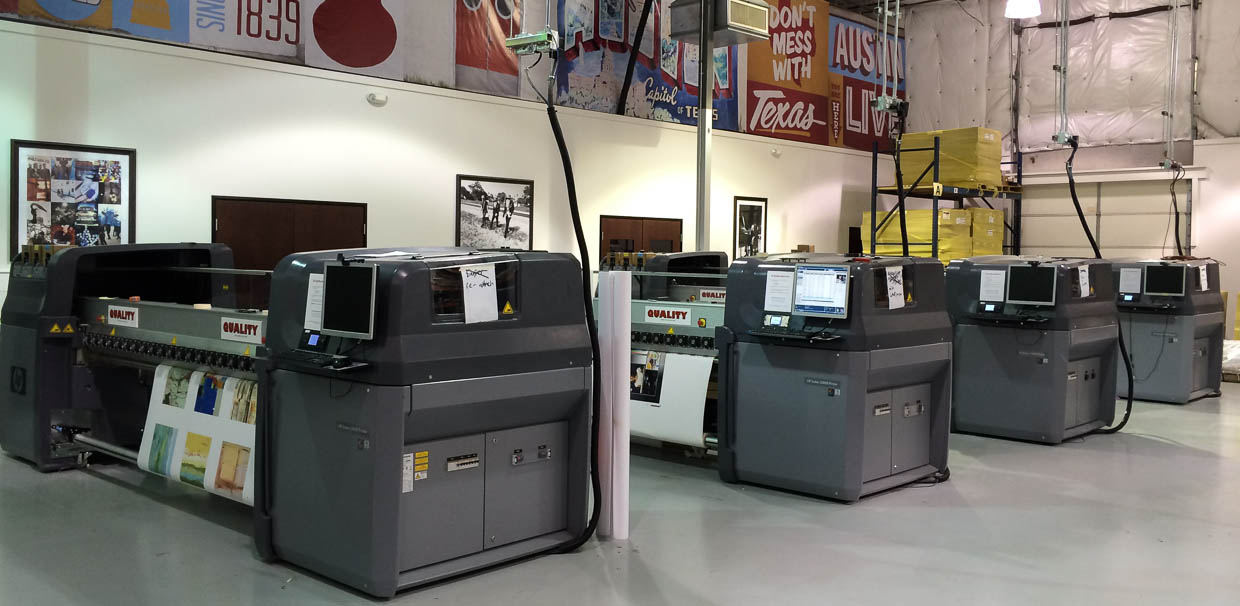 HP Latex printers at New Era Portfolio
In addition to common aqueous inkjet printers, I spend a lot of my…
HP Latex printers at New Era Portfolio
In addition to common aqueous inkjet printers, I spend a lot of my…
Using i1Profiler for QTR grayscale measurement and profiling
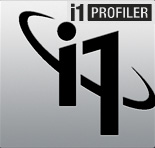 Recently I wrote an article on "Using ColorPort for QTR grayscale measurement and profiling" Today I'd like to talk about using i1Profiler v1.3 for QTR grayscale measurement and profiling. I've been using i1Profiler's new "Measure Reference Chart" feature and the new i1Pro2 "Raven" device for a year and now that it's officially released I can tell you about it.
i1Profiler is XRite's new professional level application that anyone can…
Recently I wrote an article on "Using ColorPort for QTR grayscale measurement and profiling" Today I'd like to talk about using i1Profiler v1.3 for QTR grayscale measurement and profiling. I've been using i1Profiler's new "Measure Reference Chart" feature and the new i1Pro2 "Raven" device for a year and now that it's officially released I can tell you about it.
i1Profiler is XRite's new professional level application that anyone can…
Using ColorPort for QTR grayscale and alt-process profiling
![]() ColorPort is free utility from XRite that allows users to make and measure profiling targets with a wide variety of spectrophotometers, including the versatile 1Pro. This software and hardware combination is the modern day equivalent to yesterdays densitometer that provides much more information and functionality. I've been using ColorPort on a daily basis since 2005 and love it's flexibility and versatility. If one is savvy enough to hack color patch…
ColorPort is free utility from XRite that allows users to make and measure profiling targets with a wide variety of spectrophotometers, including the versatile 1Pro. This software and hardware combination is the modern day equivalent to yesterdays densitometer that provides much more information and functionality. I've been using ColorPort on a daily basis since 2005 and love it's flexibility and versatility. If one is savvy enough to hack color patch…

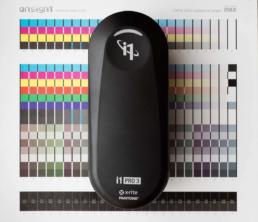


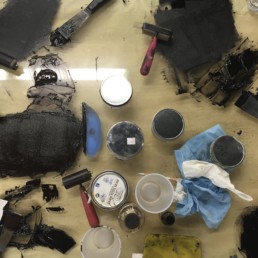

It's time to stop using the Kelvin scale for display calibration
The Kelvin scale has always been relatively simple to understand in the context of display calibration. Choose a higher value and your display white point will be bluer; choose a lower value and it will be yellower, etc. But this is where the simplicity stops and the confusion begins. What do we do if the white point appears to be magenta or greenish? And why doesn’t the display calibration Kelvin value correlate with the value of our lighting? In other words, why does calibrating to ~5700 Kelvin match 4100 Kelvin lights? Why can’t we calibrate to 4100K to match 4100K lights? So…